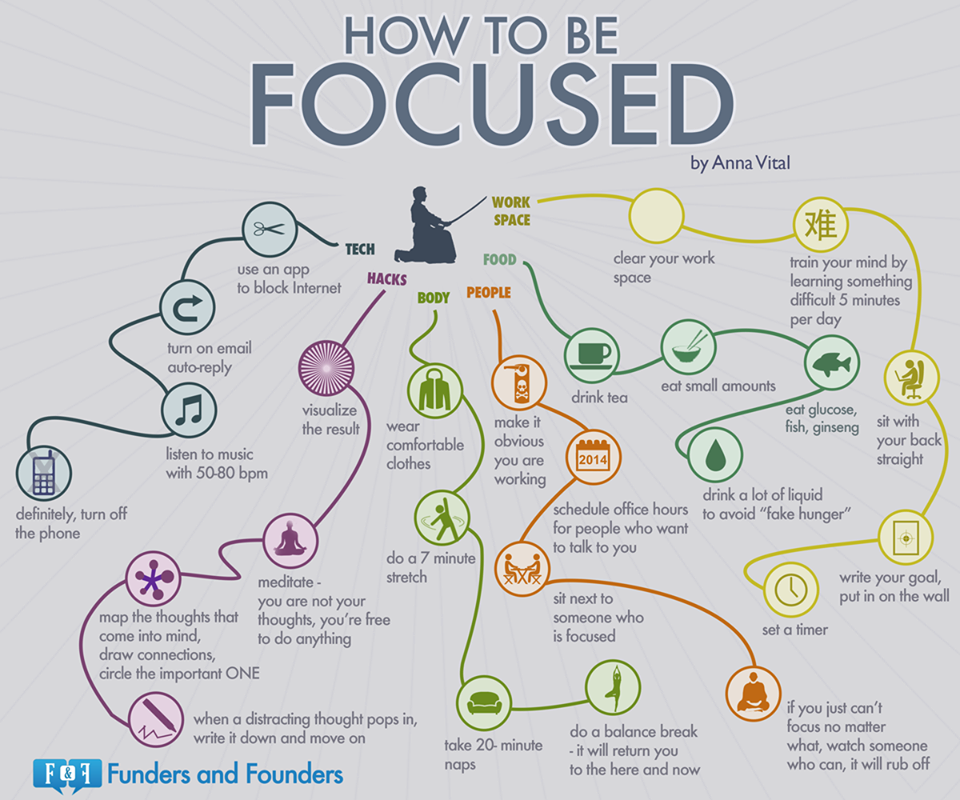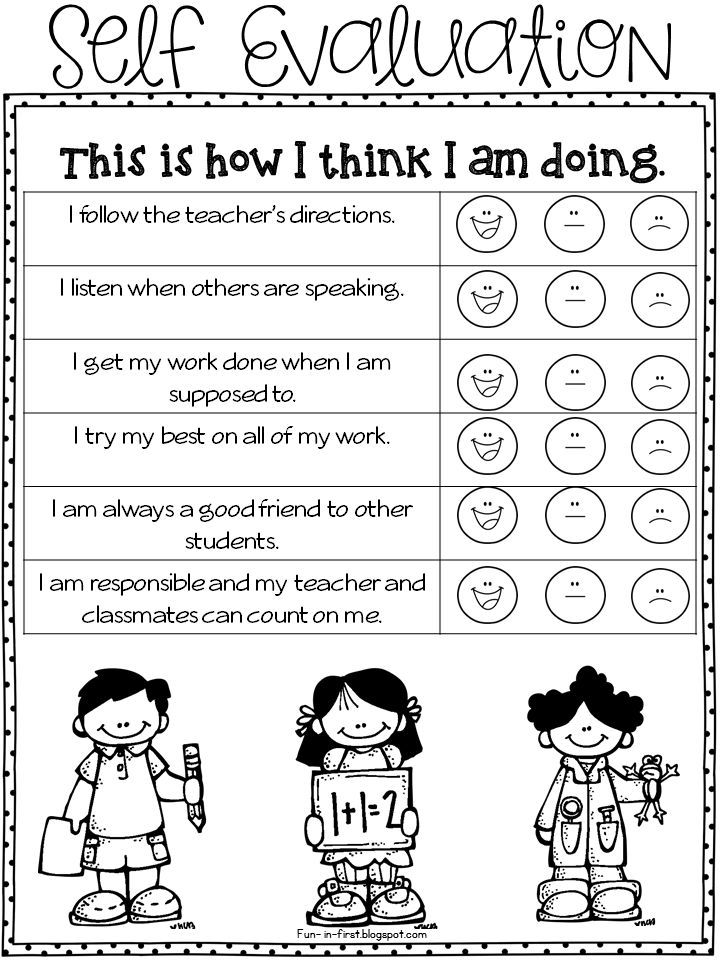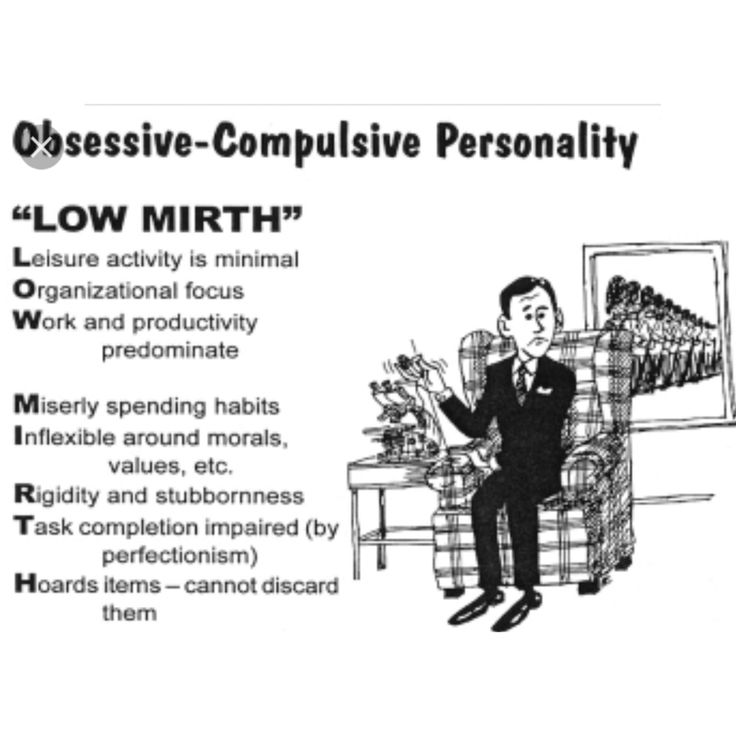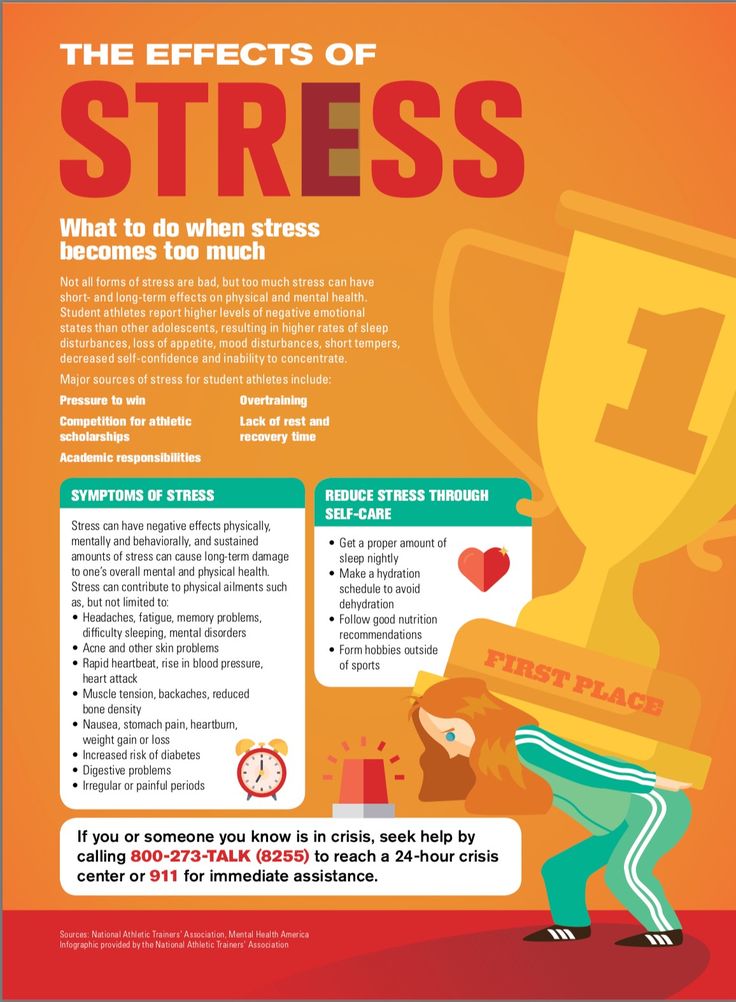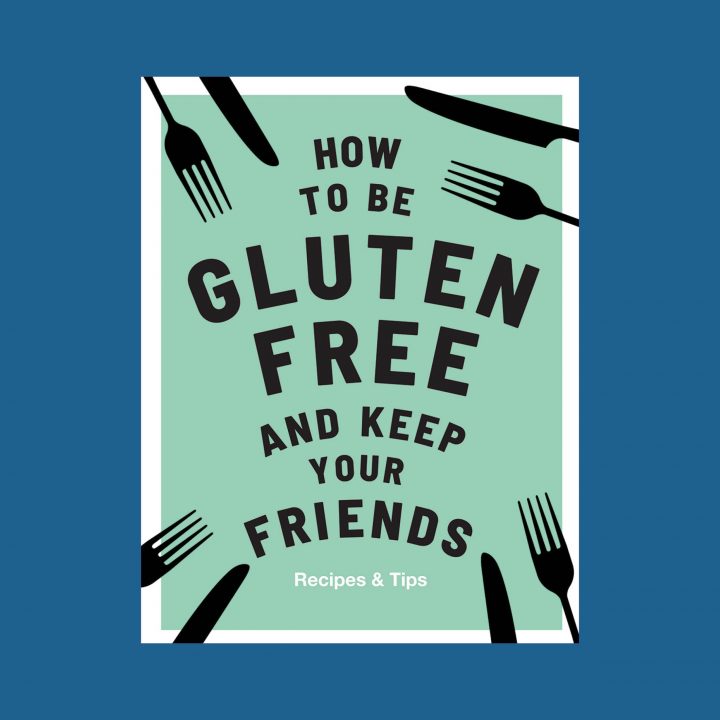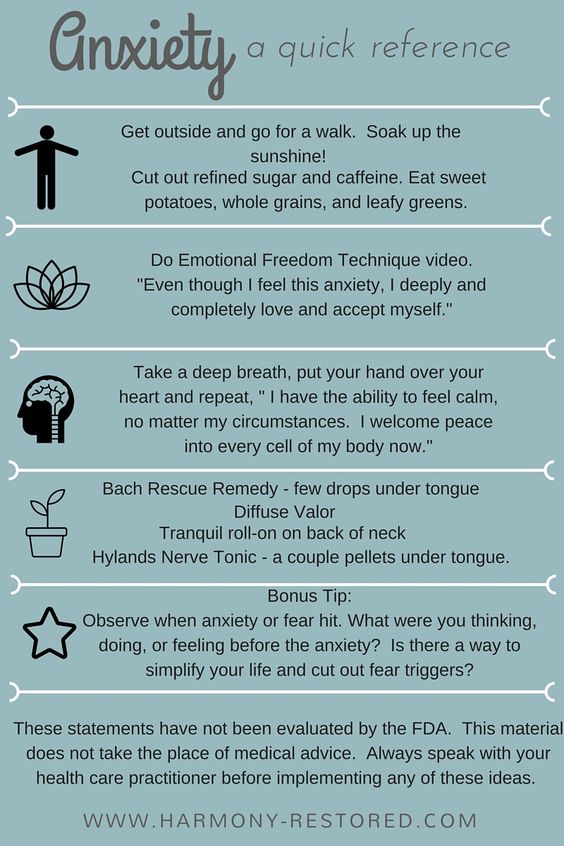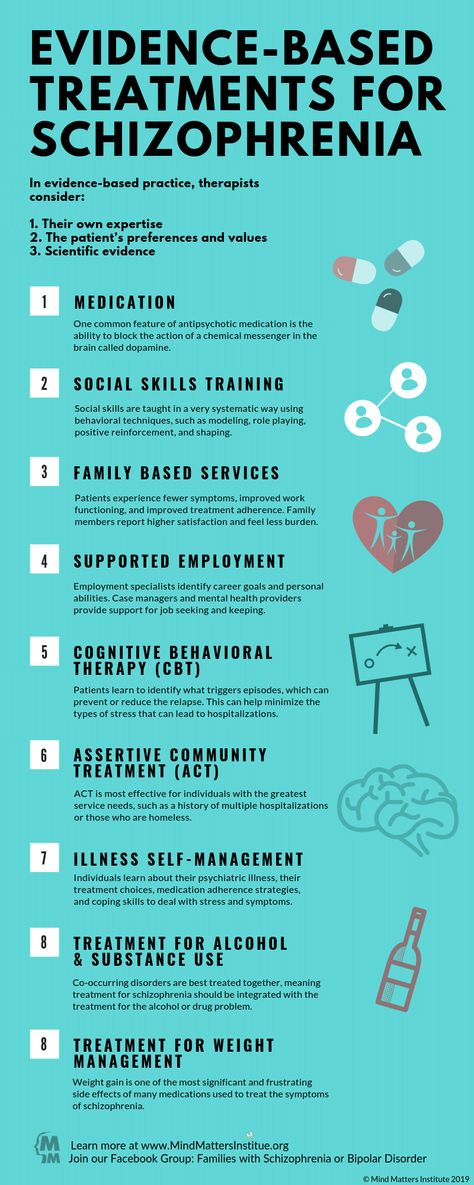How to calm a restless mind
5 Tips to Calm a Restless Mind Before Going to Sleep
How did you sleep last night? We seem to ask ourselves this question daily, and when we do, it’s almost as if we’re taking note of our overall state of mind: How do I feel? Am I all there today?
And no wonder! It can be discouraging and frazzling when all we want is the soothing balm of sleep to heal the stress from our day, but infuriatingly, when we lie down to sleep, our brains just won’t shut off. Paradoxically, sometimes the more stressful our days are, the harder it is to quiet the brain for sleep at night.
Insomnia is "all the rage" these days.
If you relate to all this, you’re certainly not alone. Over 30 percent of people have bouts of insomnia in a given year, and the overall rate of insomnia has been going up in recent years.
Even if you’re one of the chosen ones who can usually fall asleep pretty painlessly, I bet there are nights when you toss and turn, unable to turn your brain off while it nags at you with to-do lists, worries, fantasies, plans, doubts, replays of embarrassing moments from 10th grade, and lyrics of pop songs that make you want to bang your head against a wall.
Your brain is always busy.
Struggling to shut your brain down for the night is actually very normal. Your brain is a busy bee! That’s because it is designed to be buzzing all the time to help you remember, anticipate, analyze, plan, problem-solve, and do all the things that make you human. So we can’t blame the brain for being active even when we’d really like for it to be quiet—it’s just our brains doing what they’re meant to do!
Instead of fighting against your brain’s well-intentioned and persistent effort, what if you work with your busy brain to protect your sleep? Below are 5 helpful tips for quieting the mind so you can snooze.
Chronic insomnia requires a different approach.
But before we get into the tips, I have a special disclaimer for those of you among the 10% of people who have chronic insomnia disorder. That means:
- You have trouble falling or staying asleep at least a few times per week.
- It's been persistently happening for over a month.
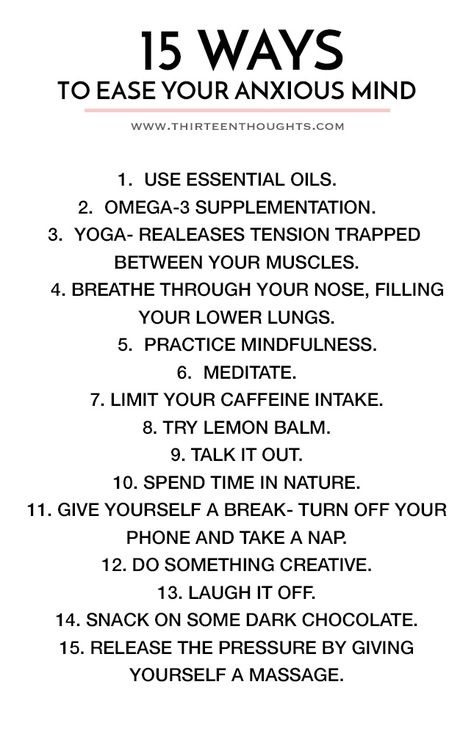
- It’s significantly getting in the way of your functioning or causing you distress.
If this sounds like you, you can of course try the techniques below, but know that they are not going to be enough to solve your insomnia problem.
Chances are you’ve already unsuccessfully tried to get rid of your chronic insomnia by doing things like following sleep hygiene guidelines, meditating, and using lavender oil. The following tips shouldn’t be used as a hammer to work even harder at your sleep—instead, talk to your doctor about a referral to a behavioral sleep medicine specialist—someone who is trained to treat insomnia with evidence-based methods.
For the rest of us who occasionally have trouble shutting down our minds at the end of the day, let's try these techniques tonight to welcome sleep with open arms.
Source: Sam Wordley/Shutterstock
Tip #1: Give yourself a “worry window” during the day.
This tip is going to sound counterintuitive because it means you’re programming worrying into your day. But hear me out.
But hear me out.
During this window, you will do nothing but worry. Not even chores or some other multitasking. Instead, concentrate 100 percent on worrying about things that you cannot control.
Set aside a 15-30 minute window during the day—not at bedtime!—specifically for worrying.
Outside of this worry window, if you find your mind creeping into all of the things that concern you and all of the things you can’t do anything about, simply tell yourself, “I’ve already addressed this during today’s worry window,” or “Thank you, brain! Let’s put a pin in this and address it during tomorrow’s worry window.”
The whole point of this special window is to build a home for your worries to live in. Give them their own place to be instead of running loose all through the day and night.
You no doubt know it’s not always easy to turn off your worries—it’s like telling your brain, “No matter what, do not think of a pink elephant!” What’s the first thing that pops into your mind?
So, instead of telling your mind not to worry, give it a chance to get worries out of its system during this dedicated worry window. And outside of this time, you can always defer any lingering worries to the next dedicated period of worry time.
And outside of this time, you can always defer any lingering worries to the next dedicated period of worry time.
Tip #2: Transfer your lingering thoughts from your brain to paper.
If the worry window isn’t quite enough or you had a particularly stressful or busy day, “downloading” your buzzing thoughts might be helpful.
Your brain is juggling these thoughts and working hard to keep them spinning because—goodness forbid—you might forget to worry about something important.
I like to use the download technique right before bedtime to catch everything that’s still nagging at my mind. Sometimes, if there are well-formed thoughts worth exploring, I write them down in my journal. But you don’t need to have a dedicated journal or write in full sentences. You don’t have to be profound, poetic, or grammatically correct. Even fragments of thoughts scrawled on a napkin would work. The point is to jot your thoughts down so your brain is reassured you will not forget. You can tell yourself, “Don’t worry, brain! I’ve written it down, so I can address this tomorrow when I’m in the right state to problem-solve.”
You can tell yourself, “Don’t worry, brain! I’ve written it down, so I can address this tomorrow when I’m in the right state to problem-solve.”
Tip #3: Walk yourself through a scene.
Have you ever noticed how fast your thoughts can gather? Our brains are language machines, designed to be very good at telling stories using words. And all of our thoughts are just stories that our brains tell in order to help us make sense of the world. If we let them, our brains can race through these stories at 100 miles per hour, making it very difficult to get off any story train.
The good news is that there is another type of thought that goes much slower than your brain’s default story-telling mode—imagery. When you talk yourself through a scene in your mind, it’s much easier to slow down and control the pace.
You can take your time to walk from room to room in an imagined house, or from tree to tree through a memory of your favorite park. Try to fully get into the scene and use all five senses. What do the leaves on the trees look like? Is it a windy day or a still and sunny one? What do you smell? Do you hear children playing or birds chirping? Take a look at the flowers on the ground—what color are they? How do they feel between your fingers?
What do the leaves on the trees look like? Is it a windy day or a still and sunny one? What do you smell? Do you hear children playing or birds chirping? Take a look at the flowers on the ground—what color are they? How do they feel between your fingers?
By doing this, you’re taking up room in your mind that your brain would otherwise dedicate to racing thoughts. Sometimes, even while you’re strolling through an imagined scene, your mind will try to distract you with nagging thoughts. That’s okay! Don’t try to fight the thoughts or push them out of your mind—you won’t win a wrestling match with that pink elephant. Instead, just acknowledge the thought, thank your brain for offering it, and gently turn your attention back to the leaf you were examining.
Tip #4: Get out of your mind and into your body.
Doing a body scan is similar to using imagery in that it takes your mind out of your racing thoughts and into a grounded space that connects with the five senses. Here, instead of walking your mind through an imagined scene, you’ll walk it through your body instead.
Here, instead of walking your mind through an imagined scene, you’ll walk it through your body instead.
Start with noticing your breath. No need to change it in any way or judge it as good or bad. All you need to do is ride along and notice what it feels like. Use this rhythmic breath as your anchor throughout the body scan. Whenever you get distracted by thoughts, gently bring yourself back to the breath to get anchored here.
In fact, you can spend the whole body scan just on your breath if you’d like. Whenever you’re ready, you can bring your attention to your toes. Again, nothing to change or judge—just notice what your toes feel like. Are they warm? Cool? Tight? Loose? Wiggle them around to see what that feels like. Take your time.
Now, move your attention to the rest of your feet. Spend some time there, and then move up to your ankles, calves, knees, thighs, and the rest of your legs. Gently move your attention like this upwards, through each part of your body, taking as much time as you’d like.
Tip #5: Listen to an audiobook or podcast.
Sometimes, you may feel so frayed, or your buzzing thoughts are so persistent, that it’s hard to get into a body scan or imagery mindset. If your brain is insisting on telling stories right this minute, you can indulge it and distract yourself from the pestering thoughts by telling it a different story.
Audiobooks and podcasts can be very helpful for this. Pick something that’s overall pretty even-keeled, without too many intense sound effects, aggressive voices, or fast-paced songs. Set a sleep timer on your Audible or podcast app for around 30 minutes.
Not sure what you should tune into? National Public Radio is excellent—it’s free, there’s always something on, and the hosts tend to have soothing voices.
But don’t worry too much about choosing the “perfect” thing to listen to. What you choose to listen to doesn’t have to be boring or even calming. The point is for it to be interesting enough that your brain would rather listen to it than to your own pestering thoughts.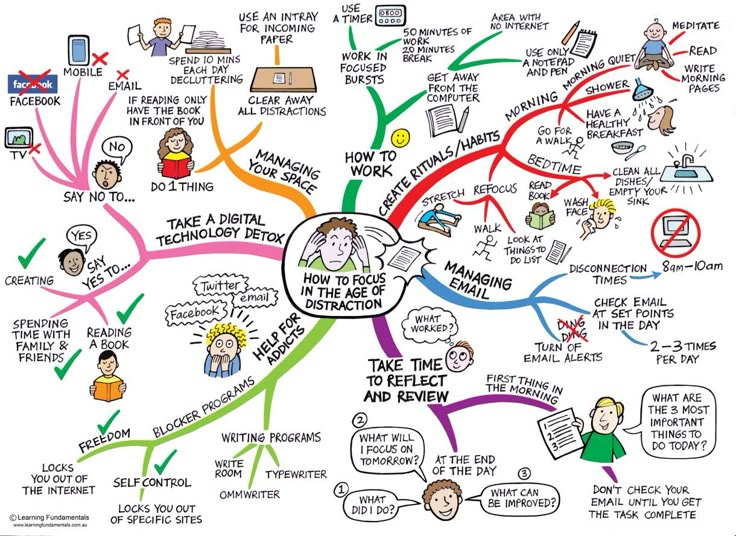
On the very worst nights, perhaps none of these techniques will be enough to tame your mind and summon sleep. That's okay. This happens to all of us from time to time and it doesn’t mean that you’ll be doomed to chronic insomnia, or that you’ll suffer the consequences the next day.
At this point, it might be more beneficial to just let go of your goal-oriented approach to sleep for the night. Just get up and do something else. Binge your favorite show, read a few chapters of your book, call a friend (if they’re up, too), or listen to some music. Congratulations! You get some extra me-time tonight.
Eventually, your body's sleepiness will override your busy brain and your eyelids will start to droop. That's when you'll go back to bed and enjoy your sweet dreams.
A version of this piece originally appeared on Quick and Dirty Tips.
Facebook image: wavebreakmedia/Shutterstock
LinkedIn image: Rawpixel.com/Shutterstock
14 Ways to Quiet Your Mind Explained
IMAGES PROVIDED BY:
1) Thinkstock Photos
2) Thinkstock Photos
3) Thinkstock Photos
4) Thinkstock Photos
5) Rawpixel / Unsplash
6) Thinkstock Photos
7) Thinkstock Photos
8) Thinkstock Photos
9) Thinkstock Photos and Kuo Chiao Lin / Unsplash
10) Thinkstock Photos
11) Thinkstock Photos
12) Thinkstock Photos
13) Thinkstock Photos
14) Thinkstock Photos
SOURCES:
Mindful: "A 5-Minute Breathing Meditation To Cultivate Mindfulness.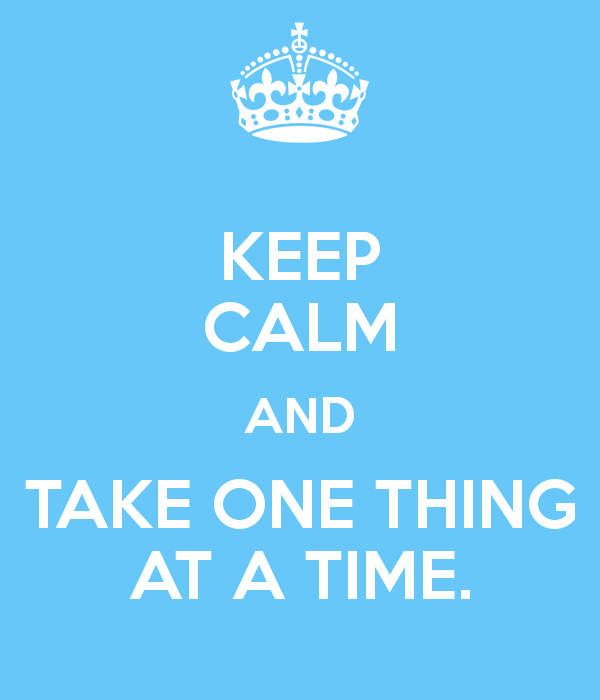 "
"
Cleveland Clinic: "Exercise: Mind-Body Exercises & Heart Health," "3 Reasons Adult Coloring Can Actually Relax Your Brain."
Seleni: "How can I stop my racing thoughts?"
National Sleep Foundation: "Relaxation Exercises for Falling Asleep."
Psychological Reports: "Benefits, Problems, and Characteristics of Home Aquarium Owners."
Anthrozoös: "Effect of aquariums on electroconvulsive therapy patients."
Marriage & Family Review: "Health, Aquariums, and the Non-Institutionalized Elderly."
BBC: "Aquariums 'deliver significant health benefits.' "
Journal of Environmental Psychology: "Blue space: The importance of water for preference, affect, and restorativeness ratings of natural and built scenes."
WallaceJNichols.org: "The Cognitive Benefits of Being by Water."
Environment and Behavior: "Marine Biota and Psychological Well-Being: A Preliminary Examination of Dose-Response Effects in an Aquarium Setting. "
"
Anxiety and Depression Association of America: "Exercise for Stress and Anxiety."
Mental Health Foundation: "Physical activity and mental health," "Altruism and wellbeing."
American Council on Exercise: "8 Reasons HIIT Workouts are So Effective."
PLOS ONE: "Twelve Weeks of Sprint Interval Training Improves Indices of Cardiometabolic Health Similar to Traditional Endurance Training despite a Five-Fold Lower Exercise Volume and Time Commitment."
American Journal of Public Health: "The Connection Between Art, Healing, and Public Health: A Review of Current Literature."
The Dana Foundation: "The Amygdala: The Body’s Alarm Circuit."
British Journal of General Practice: "Music: a better alternative than pain?"
Mind: "How could relaxation help me?"
MentalHelp.net: "Socialization And Altruistic Acts As Stress Relief."
Berkeley Wellness: "The Benefits of Giving."
Ecotherapy -- the green agenda for mental health, Mind, 2007.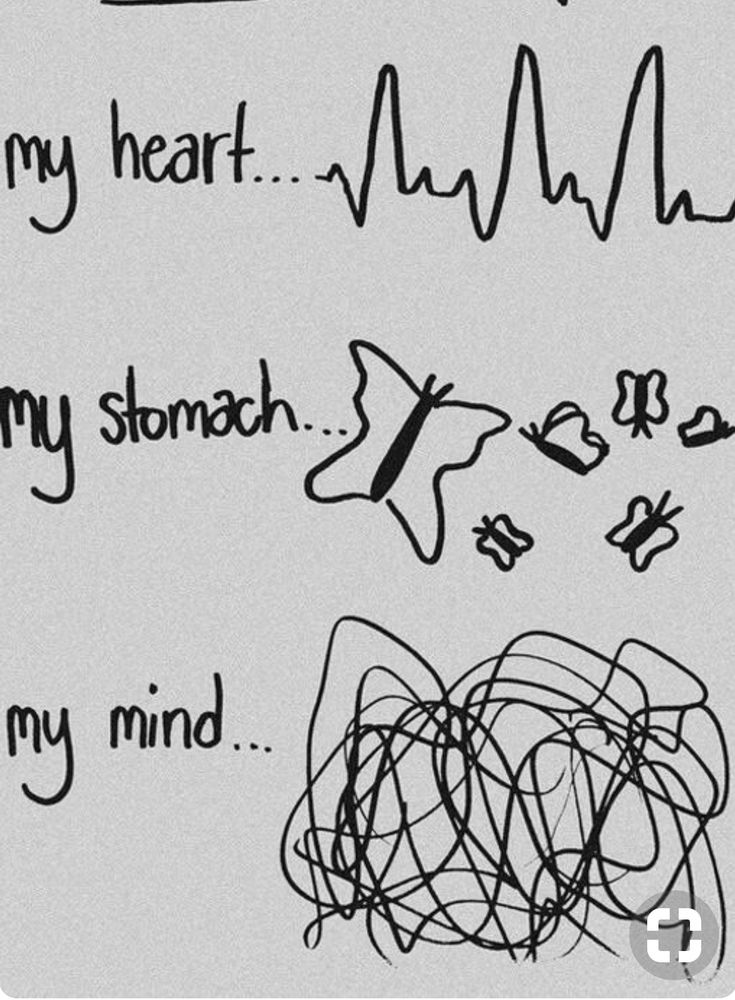
Peacock, J. The mental health benefits of green exercise activities and green care, Mind week report, February 2007.
Frontiers in Psychology: "The great outdoors? Exploring the mental health benefits of natural environments," "Psychosocial and Psychophysiological Effects of Human-Animal Interactions: The Possible Role of Oxytocin."
Journal of Attention Disorders: "Children With Attention Deficits Concentrate Better After Walk in the Park."
University of Minnesota, Taking Charge of your Health & Wellbeing: "How Does Nature Impact Our Wellbeing?"
Heart.org: "Spend Time in Nature to Reduce Stress and Anxiety."
AnxietyCanada: "How to do Progressive Muscle Relaxation."
Hormone Health Network: "What is Oxytocin?"
DIVERSEability: "Cats Make Great Therapy Animals."
Anxiety Canada Youth: "Visualizations: Mental Vacations."
Harvard Health Publishing: "Yoga -- Benefits Beyond the Mat," "Yoga for anxiety and depression.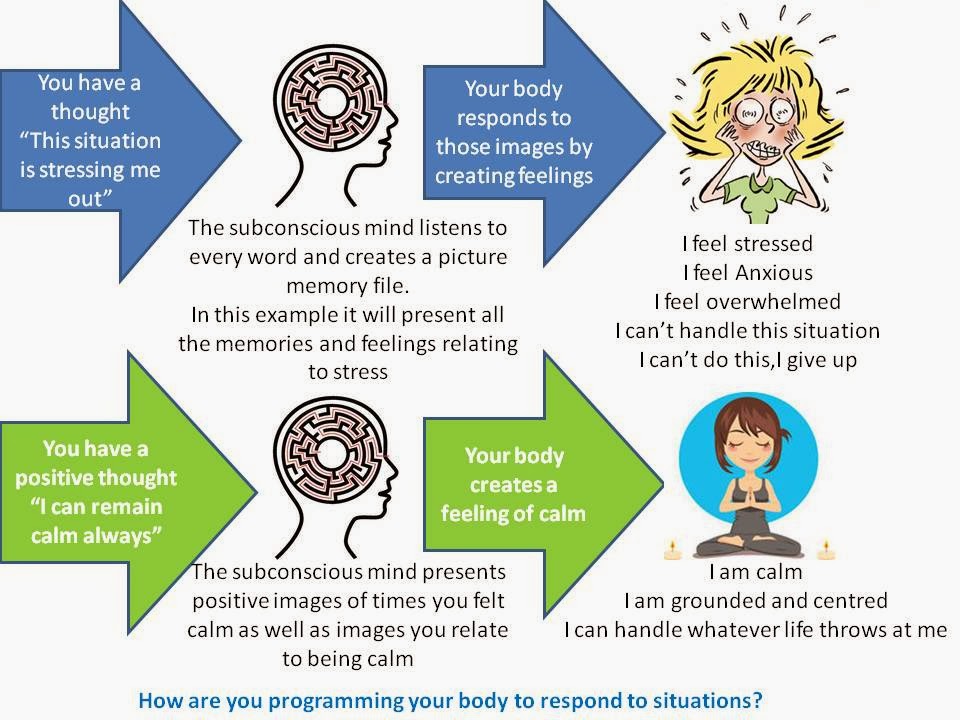 "
"
National Center for Complementary and Integrative Health: "Yoga: In Depth," "Relaxation Techniques for Health."
Mayo Clinic: "Depression and anxiety: Exercise eases symptoms."
Harvard Business Review: "Quick and Easy Ways to Quiet Your Mind."
National Wildlife Federation: "It’s in the dirt! Bacteria in soil may make us happier, smarter."
Preventive Medicine Reports: "Gardening is beneficial for health: A meta-analysis."
Journal of Health Psychology: "Gardening promotes neuroendocrine and affective restoration from stress."
Mental Health in Family Medicine: "Biofeedback in medicine: who, when, why and how?"
0005 I'll start from the beginning, pardon the pun. The activity of the mind is its natural quality, this is normal. In contrast to the mind, the soul strives for peace, it is passive in this sense. Therefore, an active mind is good, but it is necessary on one condition that this mind is properly regulated and disciplined.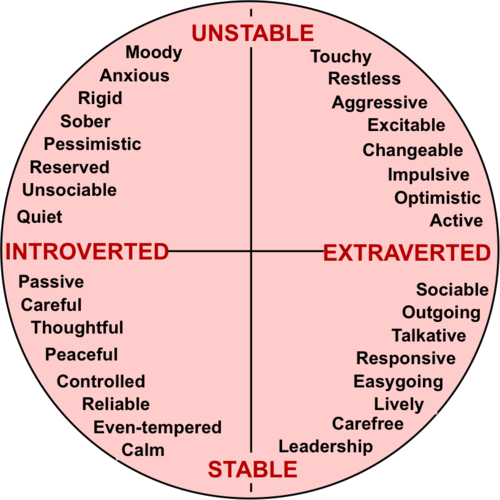 Otherwise, under certain conditions, sooner or later the mind becomes restless.
Otherwise, under certain conditions, sooner or later the mind becomes restless.
For example, a car with a powerful engine that responds instantly to the gas pedal is the dream of many motorists. However, in the absence of movement, the engine of this vehicle must operate at the minimum required speed. If the engine runs at high speeds without movement - this is a disaster, such an engine wears out quickly, it will fail faster than usual, such engine operation pollutes the atmosphere more.
Restless mind - like a car running at high speed without moving. This engine needs to be adjusted.
The mind works through the organ of the physical body - the brain. Therefore, a restless (unregulated) mind is the cause of many diseases of the human physical body. No wonder. The brain for a person is akin to an on-board computer for a car, ship, aircraft. The brain issues commands to the body. An abundance of thoughts gives rise to an abundance of contradictory commands to the body and its systems, which leads to an imbalance of the body and its systems with all the ensuing consequences.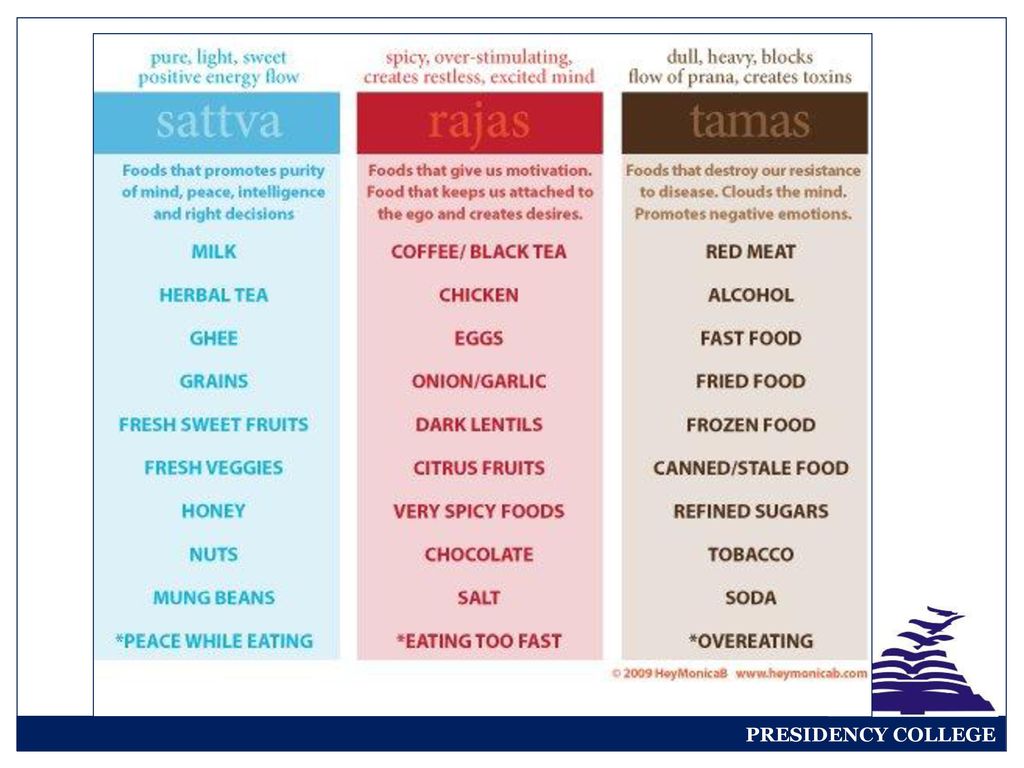 These are the so-called psychosomatic diseases. In fact, ordinary domestic trauma is also the result of a restless mind, it is also psychosomatic, like hypertension, for example, because it is the result of the mind's conflicting work.
These are the so-called psychosomatic diseases. In fact, ordinary domestic trauma is also the result of a restless mind, it is also psychosomatic, like hypertension, for example, because it is the result of the mind's conflicting work. Causes of a restless mind
Relatively speaking, I see two large groups of these causes: internal and external.
- Internal causes are due to the fate of a person , his previous lives, current lifestyle, motives and goals of his actions.
- External causes are the environment , the intensity of information processes in which a person is involved.
The main cause of a restless mind is the sum of impressions stored in a person's operational and long-term memory. spiritual practices . I especially want to emphasize that these should be safe for physical and mental health , simple, disinterested, publicly available means and methods. I already wrote about this in my articles: How to start meditating?, about meditation and other materials from the spirituality section; The New Year holidays are approaching, the time of noisy feasts, fun, meetings with friends and relatives. But they will be followed by everyday life, work, life issues that have not gone away. I would like to end the article with an excerpt from Master Kamlesh's book: After reading the article about mental noise , it's time to start doing something about it. As you now know, mental noise is the internal dialogue and constant chatter that goes on in the mind almost all the time (restless mind). Sometimes we don't realize it, and in some cases it's the most disturbing and distracting thing. Most Read: Meditation Guide, Tips & Techniques find it disturbing? When you need to focus on a particular activity such as studying, reading, problem solving, or the like. You just need some tools to reduce the severity and duration of mental noise, or if possible, turn it off. You need to learn how to press the button that makes the mental noise stop. Other users read: Inner peace: tips and tricks How to do it? Strengthening our concentration. This ability helps us to focus on one subject and ignore others that are not related to matter of thought. Through meditation, going inside yourself, closing the mind to distracting and disturbing thoughts and enjoying inner peace and happiness. The general rules and techniques of meditation are set out in the relevant articles. At the initial stage, you should meditate with a trained instructor (mentor, and later on yourself). Although you can try it yourself. Along with meditation, there are special techniques that allow you to neutralize the emotional charge of the impressions of the past day, which is extremely important for calming the mind;
The general rules and techniques of meditation are set out in the relevant articles. At the initial stage, you should meditate with a trained instructor (mentor, and later on yourself). Although you can try it yourself. Along with meditation, there are special techniques that allow you to neutralize the emotional charge of the impressions of the past day, which is extremely important for calming the mind; 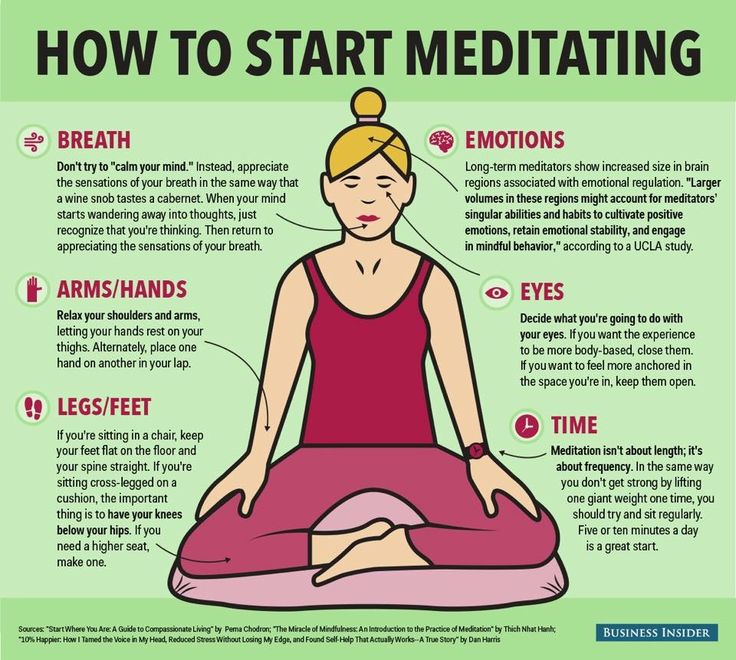 Satiation, information overload is one of the main conditions for a restless mind, since information, impressions are its food;
Satiation, information overload is one of the main conditions for a restless mind, since information, impressions are its food; 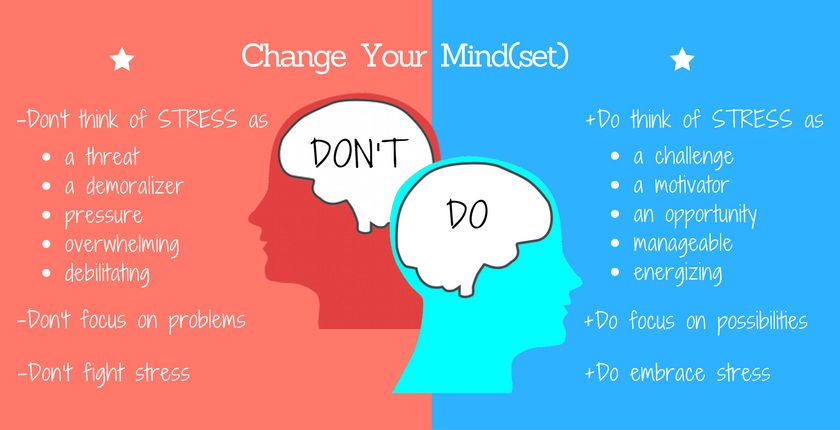 What will be the new year for each depends largely on him.
What will be the new year for each depends largely on him. We must be very careful about how we spend our lives, because that is our destiny. ( Creation of Destiny, Chapter “Understanding the Path”, p. 149.).
How to calm a restless mind | EVERYTHING FOR GOOD!!!
Peace of mind 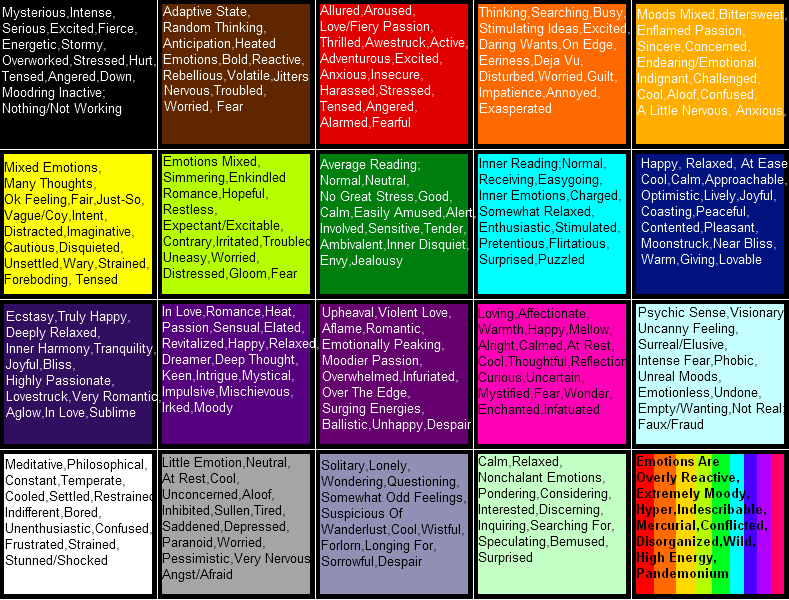 At this time, you become more aware of the noise and the constant stream of inappropriate and often useless or distracting thoughts. This is mental noise.
At this time, you become more aware of the noise and the constant stream of inappropriate and often useless or distracting thoughts. This is mental noise.
